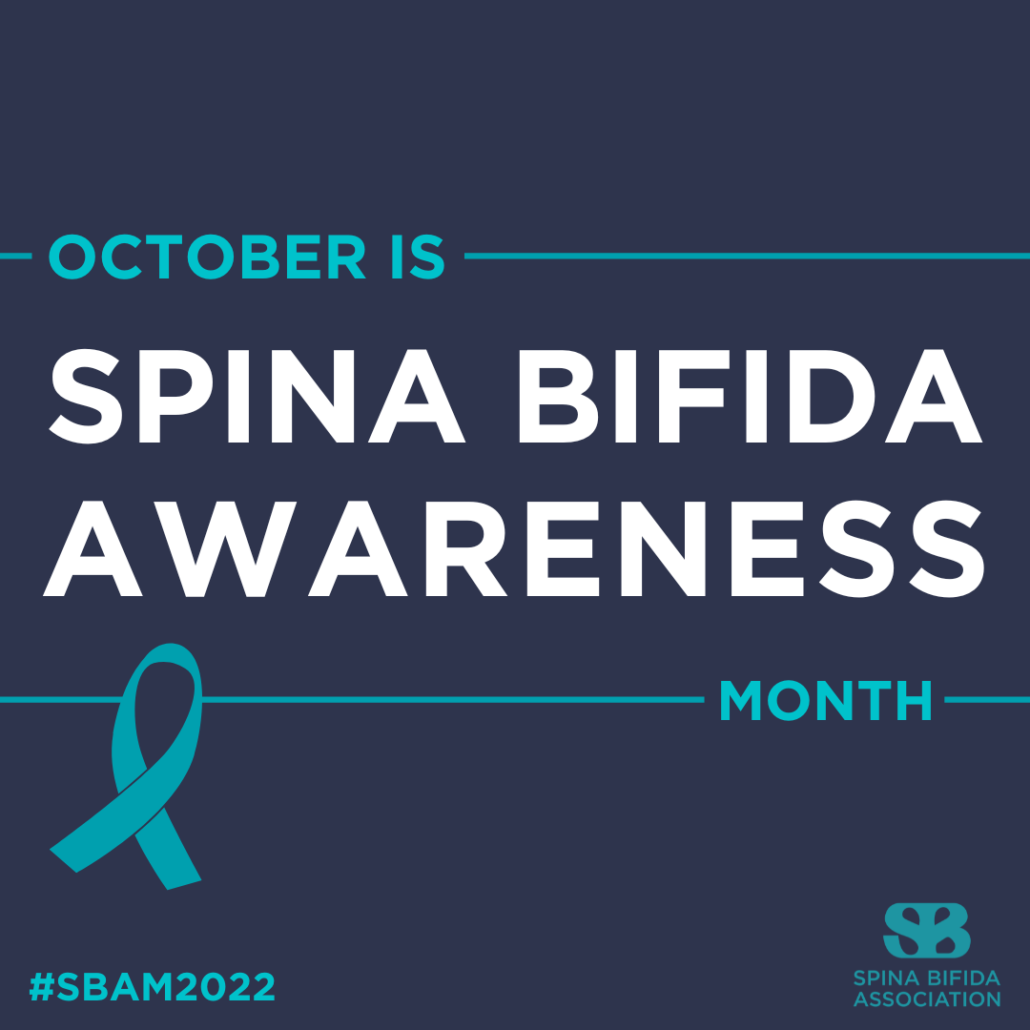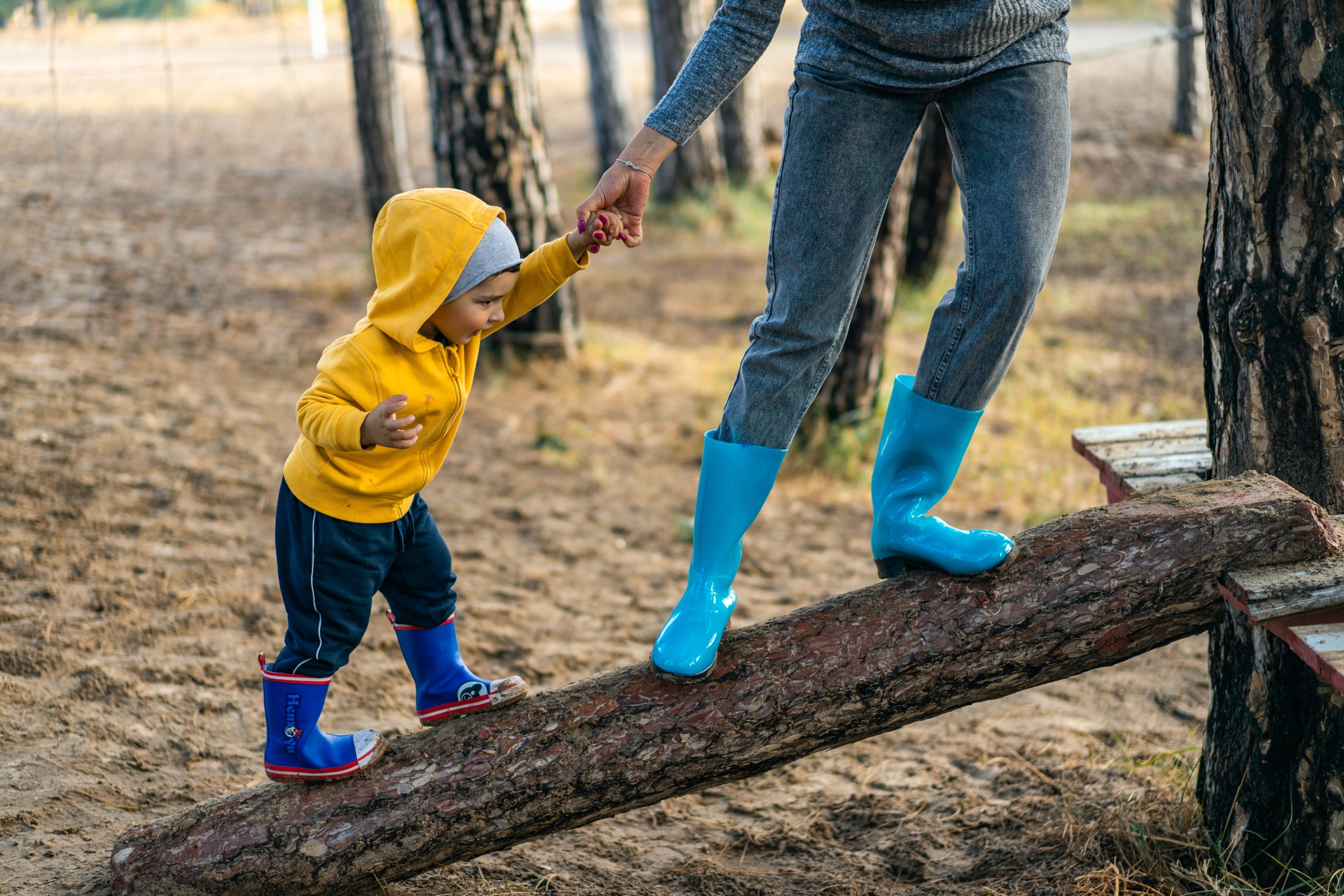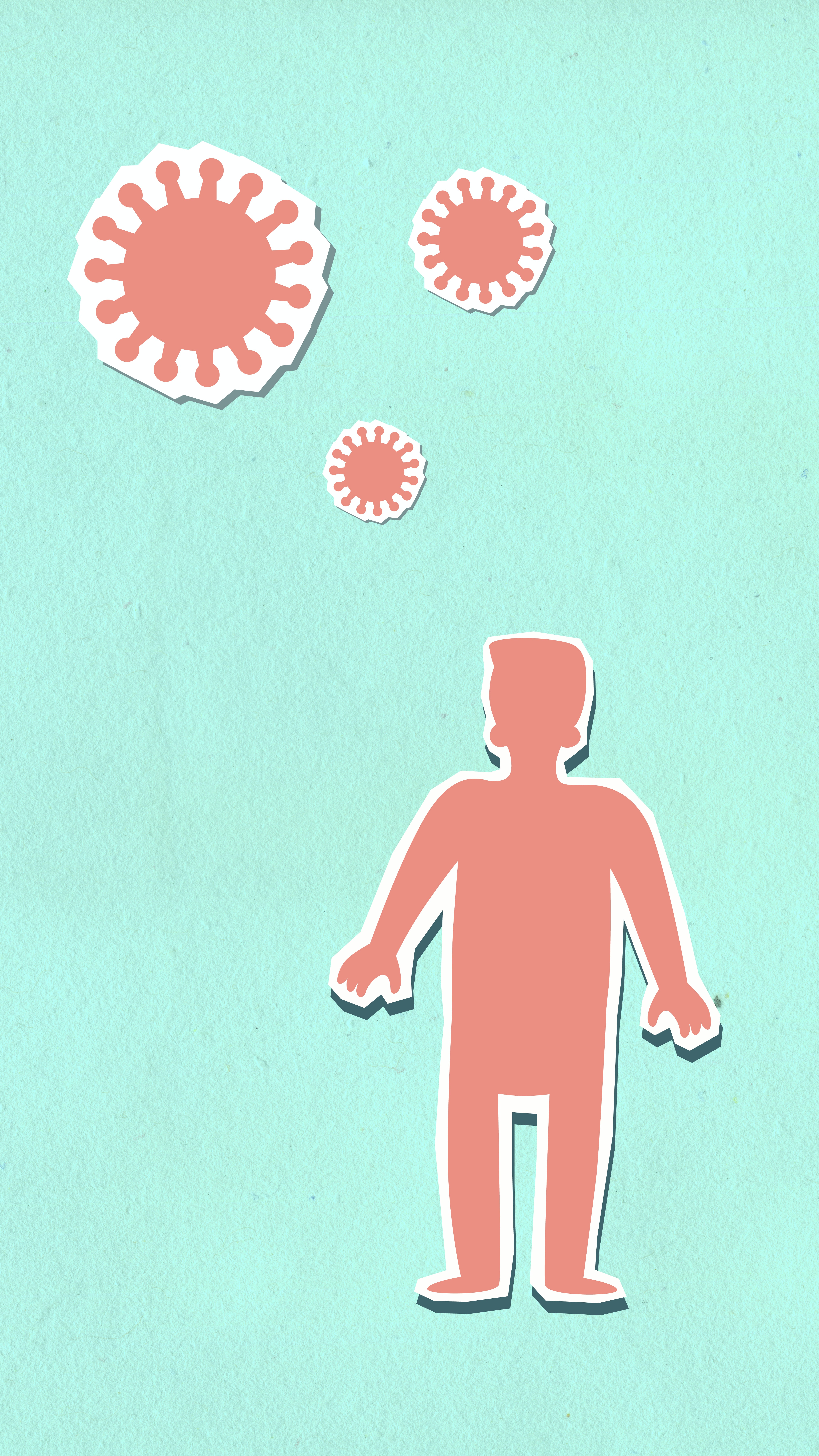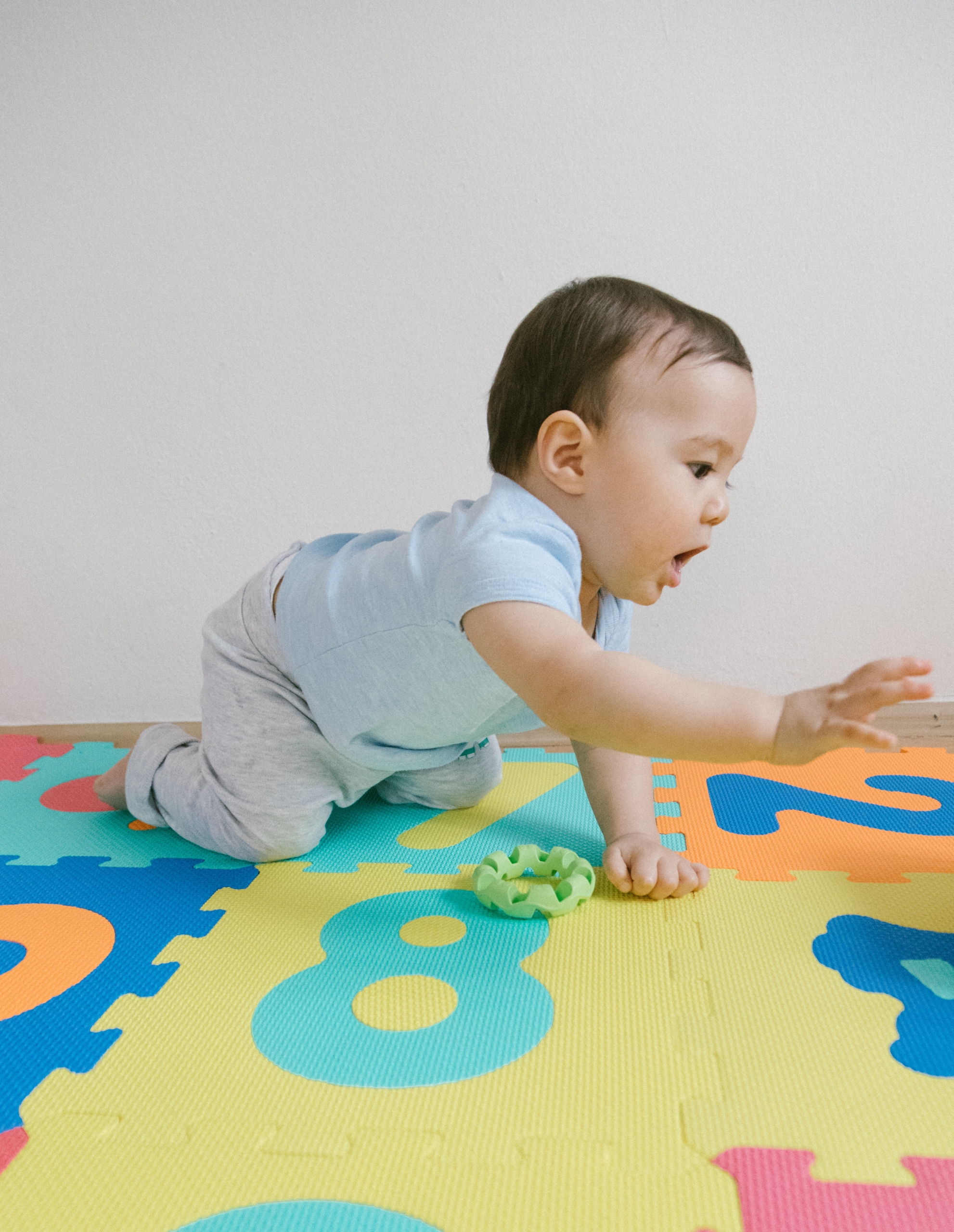

- Call 908 543 4390
- Email
- Dr.Joni Redlich PT,DPT



October is Spina Bifida Awareness Month and for it we wanted to share with you one of the recent advances in rehabilitation for children with spina bifida. On of our physical therapists, Dr. Kat has received training in this new approach and is now using it with our Kid PT families.
First, let’s talk Spina Bifida.
Spina bifida is a birth defect that occurs during the first month of pregnancy when the spinal column does not close properly, resulting in an open lesion on the skin. There are different types of spina bifida, but all can cause varying degrees of paralysis, loss of sensation and sometimes bladder and bowel problems. The severity depends on where the lesion is located on the spine and how much damage was caused to nerves as a result of it.
Spina bifida can be treated with surgery, even before the baby is born. These surgical repair advancements have improved outcomes for children with Spina Bifida. Physical therapy typically begins very early in life. Parents are taught stretching and positioning routines to maximize flexibility and play strategies to maximize function. Skin protection is also very important due to the lack of sensation and position sense.
Electrical stimulation has been used for many years for a variety of purposes. It is a safe non-invasive therapeutic intervention that can impact many different systems of the body, including circulation, sensation and muscle strength. Back in graduate school over 20 years ago I was involved with an research study using neuromuscular electrical stimulation for children with cerebral palsy and it showed great effectiveness.
Many people are familiar with TENS or interferential electrical stimulation from their own physical therapy experiences for pain problems. It is a similar set up doing neuromuscular electrical stimulation, functional electrical stimulation and spinal stimulation where you have two electrodes on the body and they connect to wires on the device.
Originally, Gerti Motavalli, a PT who was investigating using electrical stimulation to increase muscle activity with babies with Spina Bifida, she was focussed on direct activation of the muscles, as is more typical with the application. What she found was even more dramatic improvement doing spinal stimulation vs. only muscle specific. Babies improved their sensation and movement abilities at a much quicker pace than was typical. Her publication on the first search study can be found here. Spinal stimulation uses electrical pulses sent through wires placed around the spine into nerves in the lower back. It helps restore nerve signals that have lost their ability to travel down the body as a result of spinal cord damage or abnormalities. The exact way that spinal stimulation works is not completely understood; however it has been shown to improve sensation and motor skills at a faster rate than is typically expected. Since initiating this work, Gerti has used her protocols on children from babies to 13 year old and is now working with families from all over the world as well as teaching other physical therapists how to apply the concepts.
Since we already use electrical stimulation at Kid PT and we own multiple electrical stimulation units that are considered the gold standard for safety with children, we naturally wanted to learn how to apply these findings in the practice. Let’s talk a little bit more about the areas that spinal stimulation can impact a child with Spina Bifida.
 The spinal cord provides protective sensation—the ability to feel pain and temperature changes—to the body. This sensory information is relayed through the dorsal root ganglia (DRG) and transmitted through dorsal column pathways to the brain. In children with spina bifida, there can be significant damage to these structures, resulting in reduced protective sensation.
The spinal cord provides protective sensation—the ability to feel pain and temperature changes—to the body. This sensory information is relayed through the dorsal root ganglia (DRG) and transmitted through dorsal column pathways to the brain. In children with spina bifida, there can be significant damage to these structures, resulting in reduced protective sensation.
If you don’t feel the bottom of your foot, for example, you wouldn’t know if you’re standing on soft grass or on a thorn. That places your skin at risk for injury and limits your ability to stop an injury like that from happening over and over again.
Spinal stimulation has been shown to increase sensory awareness more rapidly than other treatment approaches used in the past. This has the potential to make a powerful impact on a child’s daily life.
 Proprioception is the ability to sense where your body parts are relative to each other and how they move in space (e.g., when you put your hand behind your back). Loss of proprioception can lead to difficulties with balance, coordination, and gait. Imagine trying to place your foot down flat on the floor if you don’t feel where your foot is. You would need to look down every time you take a step to know where to place it. Improving the sensory information moving from the body to the brain can improve a person’s proprioceptive sense.
Proprioception is the ability to sense where your body parts are relative to each other and how they move in space (e.g., when you put your hand behind your back). Loss of proprioception can lead to difficulties with balance, coordination, and gait. Imagine trying to place your foot down flat on the floor if you don’t feel where your foot is. You would need to look down every time you take a step to know where to place it. Improving the sensory information moving from the body to the brain can improve a person’s proprioceptive sense.
 Circulation of the vascular and lymphatic systems are greatly impacted by movement as well as nerve innervation. If you always have cold feet life me, imagine how much colder they would be if you didn’t have the motor control to move your ankles all day long. I know mine would be icebergs! Spinal stimulation has the potential to improve circulation by increasing nerve conduction to the vascular system.
Circulation of the vascular and lymphatic systems are greatly impacted by movement as well as nerve innervation. If you always have cold feet life me, imagine how much colder they would be if you didn’t have the motor control to move your ankles all day long. I know mine would be icebergs! Spinal stimulation has the potential to improve circulation by increasing nerve conduction to the vascular system.
 Spinal stimulation has the potential to increase muscle activity, which can improve endurance of postural muscles, symmetry between limbs, and promote improved alignment of the body. Stimulating the nerves that cause the muscles to contract can improve motor control, strength and endurance of the body. Improving symmetry of the body, including the hips and the trunk, can decrease the risk of scoliosis and hip joint issues, as well as support improved functional mobility.
Spinal stimulation has the potential to increase muscle activity, which can improve endurance of postural muscles, symmetry between limbs, and promote improved alignment of the body. Stimulating the nerves that cause the muscles to contract can improve motor control, strength and endurance of the body. Improving symmetry of the body, including the hips and the trunk, can decrease the risk of scoliosis and hip joint issues, as well as support improved functional mobility.
To see many video samples of how spinal stimulation is done and to watch videos of changes over time of children of different ages, check out Gerti’s Facebook or Instagram pages. To learn more about Electrical Stimulation and how it can help your child reach out to us for a phone consult or to schedule a free screening.
Reach out to as at info@kidpt.com or call/text 908-543-4390.
Science keeps growing, we all keep learning, and the future is bright!

Leave a Reply
Want to join the discussion?Feel free to contribute!